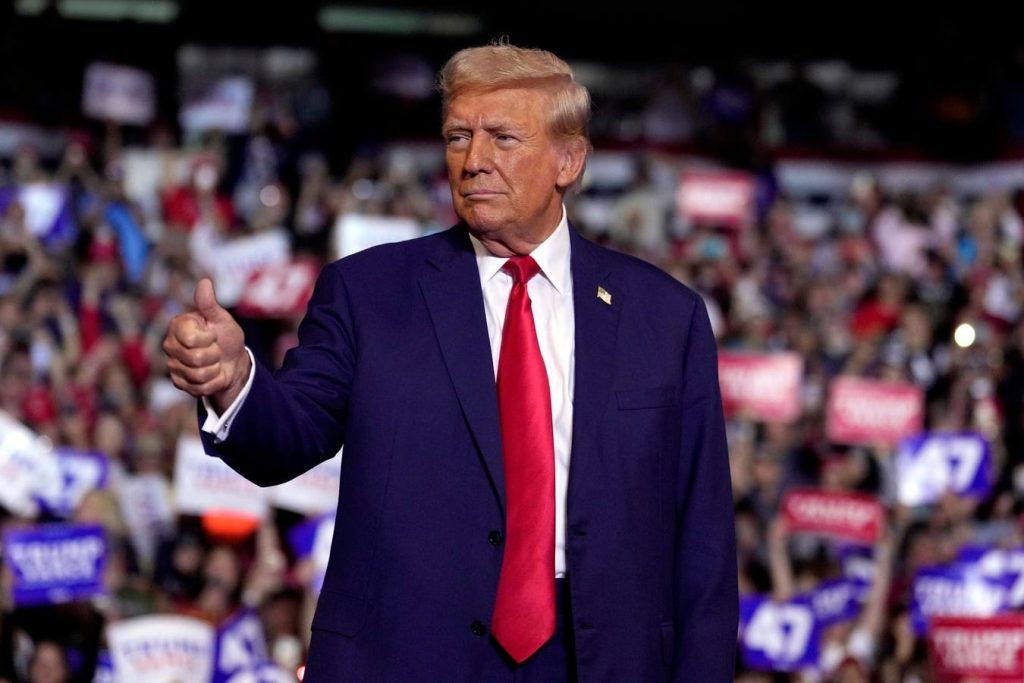Former President Donald Trump has reiterated his plan to raise tariffs on imported goods, despite criticism from Vice President Harris and economists who warn that it could raise prices for consumers. Trump has proposed increasing tariffs if he is reelected, aiming to punish countries he believes are taking advantage of the U.S. through trade practices. While specifics of his proposal have not been laid out, he has typically suggested raising tariffs by 10% or even up to 60% on goods imported from China.
Harris has labeled Trump’s plan as a “Trump tax” that would act as a national sales tax on everyday products, potentially impacting basic necessities. Most experts agree that tariffs generally lead to higher prices for consumers, with the cost typically being passed on to U.S. businesses and customers. Goldman Sachs economists have projected that prices on consumer goods could go up by 0.1% for every percentage increase in the effective tariff rate, leading to a rise in inflation rates and potentially causing domestic manufacturers to raise their prices as well.
Economists predict that Trump’s proposed tariff plan could have negative consequences for the U.S. economy, including reduced consumer spending, higher unemployment rates, and slower economic growth. Moody’s has projected a reduction of 675,000 jobs and an increase in the unemployment rate by 0.4% if Trump’s tariff plan is implemented. However, a spokesperson for Trump defended the plan, arguing that it would result in job creation and bring money back to the U.S. from China.
Estimates suggest that Trump’s tariff proposals could cost middle-class U.S. households around $1,700 per year, with the bottom half of income brackets experiencing a reduction in after-tax income by approximately 3.5%. The Center for American Progress has projected even higher costs for middle-class Americans based on different tariff rates. Despite the criticism, the Biden administration has largely maintained Trump-era tariffs in place and implemented new tariffs on Chinese imports in May 2022.
The ongoing debate over Trump’s tariff proposal highlights the significance of trade policy in shaping economic outcomes. Trump has long advocated for tariffs as a means to address perceived trade imbalances, sparking tensions with China and other countries. As the discussion continues, it remains to be seen how any final tariff proposal would be structured and how it would impact consumers and the overall economy. The potential consequences of Trump’s proposed tariffs include higher prices for consumers, job losses, and potential retaliation from other countries, underlining the complexities of trade policy decisions.


